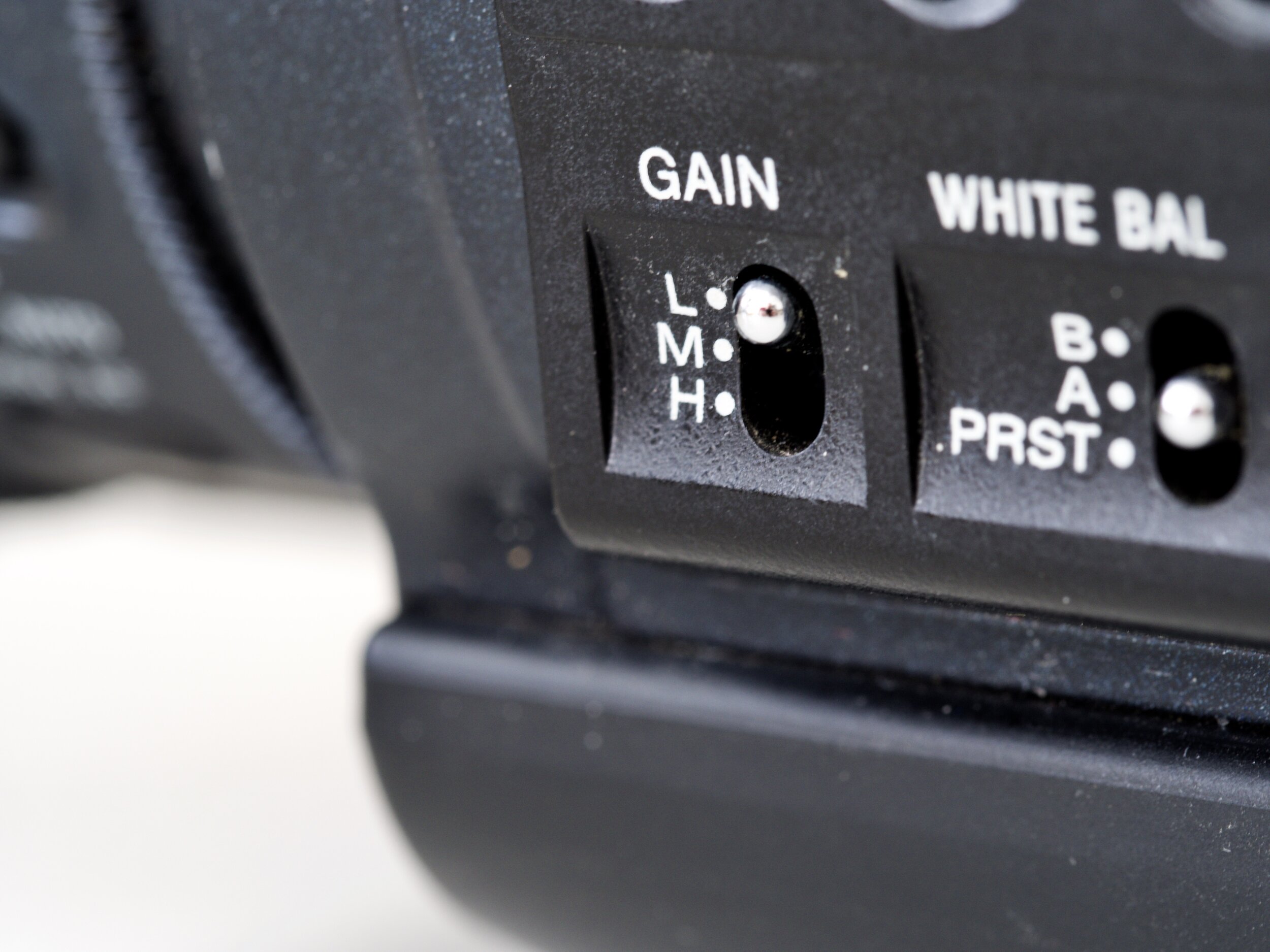FujiFulm X-H1 ISO dial
Changing ISO in digital imaging does not change the sensitivity of the sensor. That is impossible.
To the chagrin of many, probably due to the language used and the analogy to film, one can not change the sensitivity of a sensor. ISO adjusts the gain applied to the signal that comes off the sensor—this happens after the image is captured. In other words, if the base ISO of one’s sensor is 200, all images are captured at 200 and when ISO is adjusted, to 400 as an example, additional gain is applied. The variation is that of a dual ISO sensor but, in short, that means that were is a second amplifier in the system/camera.
One might argue that using ISO terms in digital imagery was a mistake because of how it related to film. It confuses the actual technical nature of the device to the nature of silver halide. If one were to shoot with a film camera, ISO 200 film is twice the sensitivity to light as ISO 100. But that can not happen with a sensor. The light that hits the sensor is the light that is recorded—it is what it is. However, should one need a faster shutter in lower light, the signal will be boosted using the ISO adjustment on one’s camera but to reiterate, it does not change the sensitivity of the camera’s sensor but amplifies the signal from the sensor before it reaching the analog to digital converter.
Sony EX-1 gain switch
Interestingly enough, cinema cameras frequently do not have an ISO control but a gain control. My old workhorse Sony EX-1, pictured here, does not have an ISO control—gain is low, medium, high that I custom set to 0dB, 3dB, or 6dB (decibels of gain).
While decibels is frequently associated with audio gain, dB can be applied to any signal in electronics.
If I can really throw a wrench in one’s understanding of digital photography, ISO isn't even part of the exposure triangle. “Heretic!” they all scream. But that is for another article.
While one can imagine ISO as being a change in sensitivity of the sensor in a camera, the very fact is, it is both incorrect and inaccurate and gives a false impression of what is actually taking place when shooting with a digital camera.
Edit: I originally stated that my Sony EX-1 gain settings were 3dB, 6dB, and 9dB but, upon checking, they were set to 0, 3, 6.

